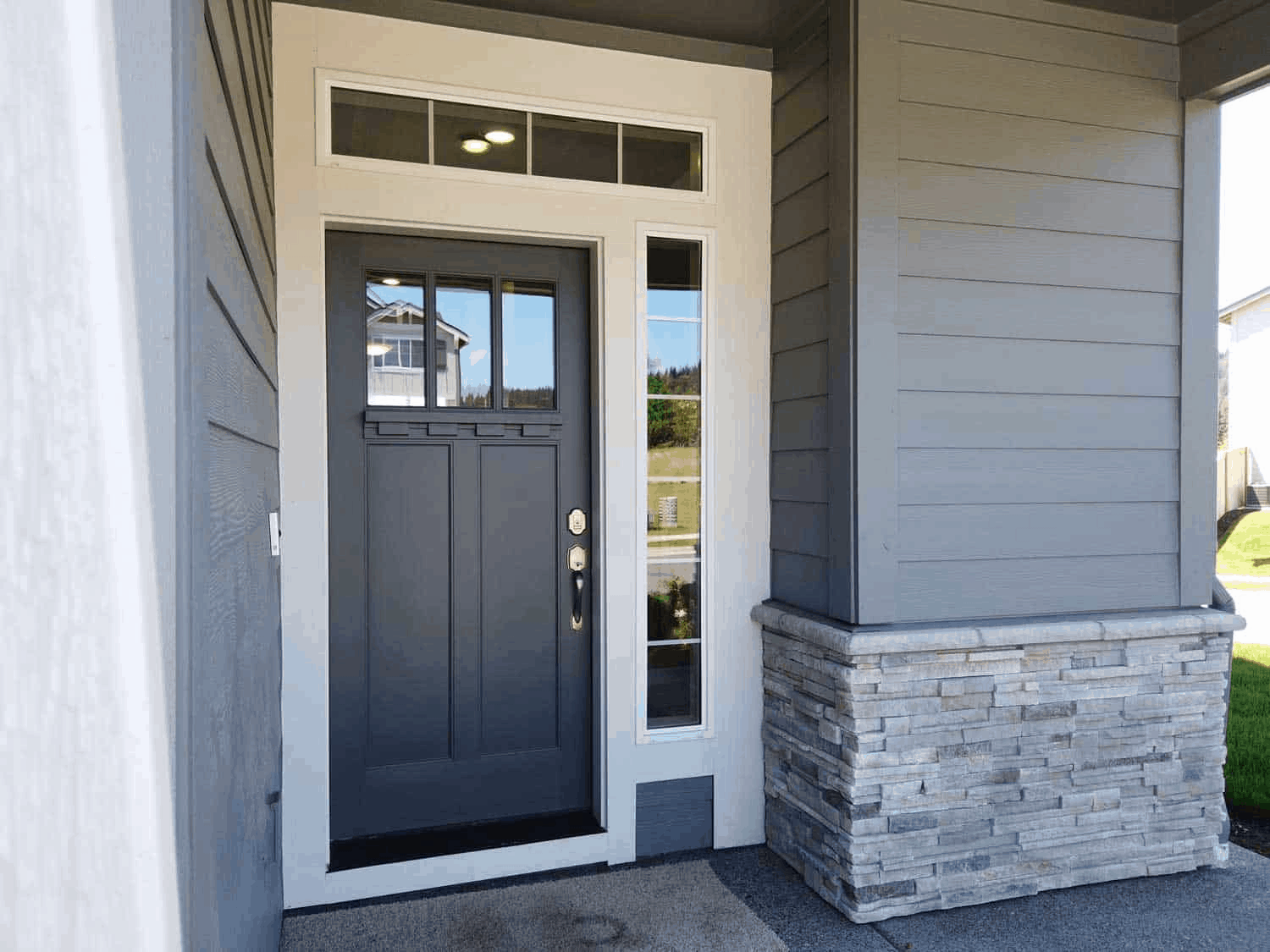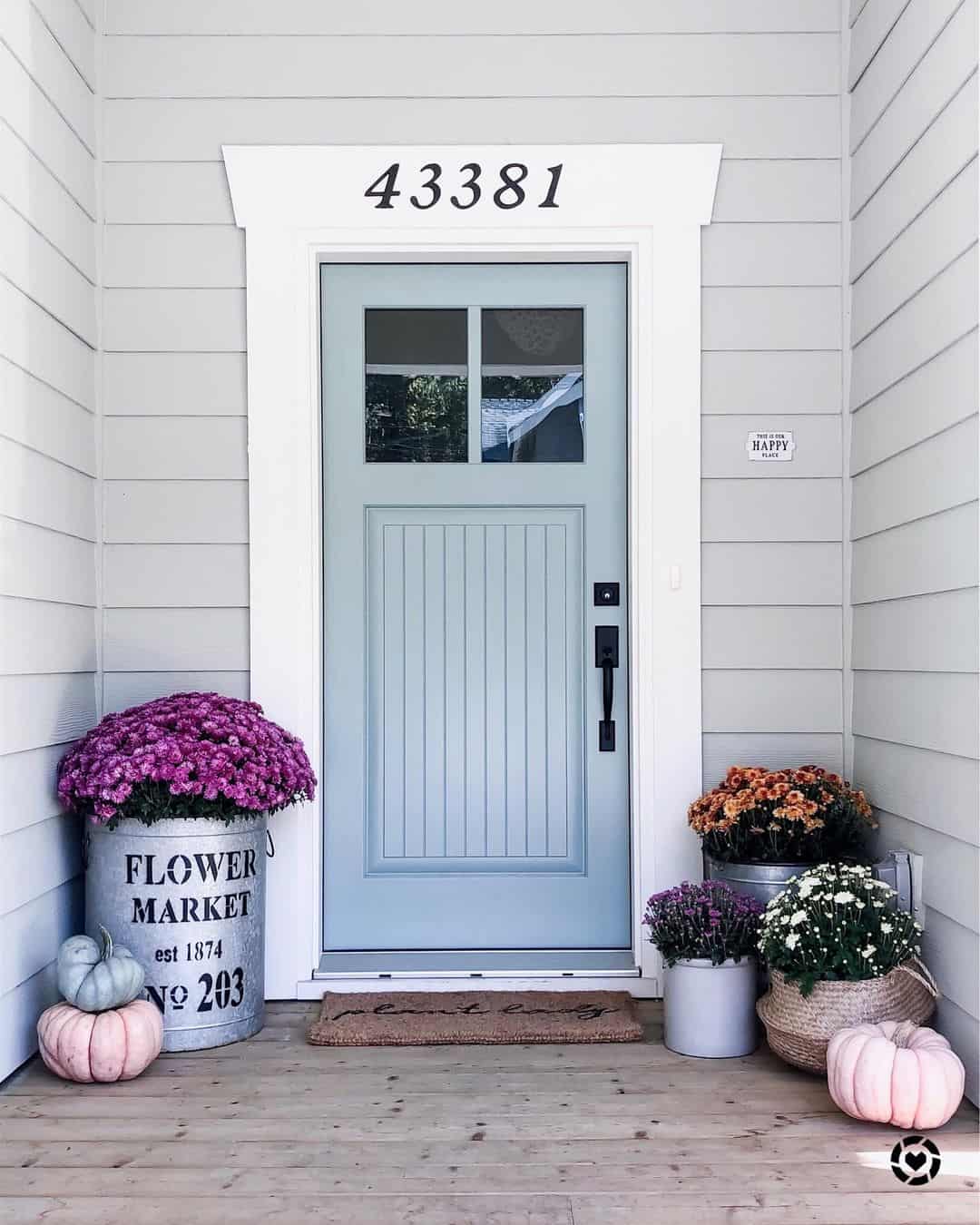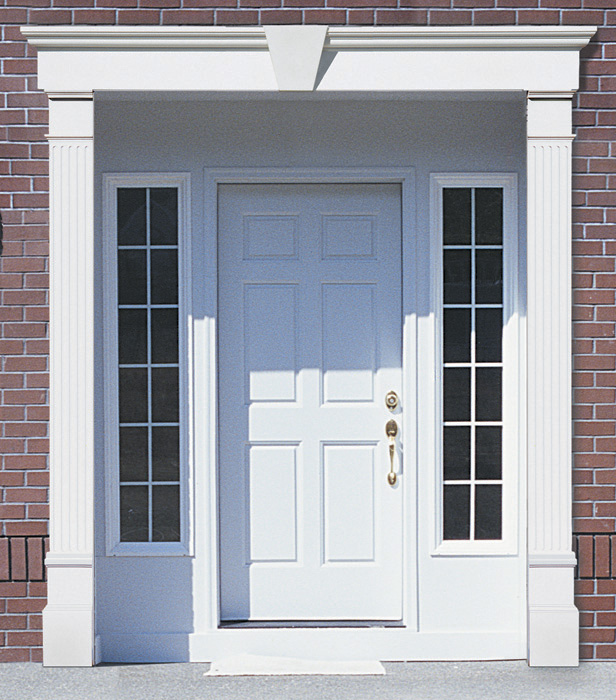When it comes to enhancing the overall aesthetic of your home, the importance of exterior decorative door trim cannot be overstated. Not only does it provide visual interest, but it can also increase your home’s value and curb appeal. Having installed decorative trims on my own home, I can personally attest to the transformative power they possess. In this article, we’ll dive into everything you need to know about exterior decorative door trim, from the types available to installation tips, maintenance, and more.
What is Exterior Decorative Door Trim?
Exterior decorative door trim refers to the ornamental moldings or finishing elements that frame the door and its surrounding structure. These trims come in various styles, materials, and designs, adding depth and character to an otherwise plain entryway.
Why is Exterior Door Trim Important?
- Aesthetic Appeal: Adds visual interest and frames your entryway.
- Increases Property Value: Well-designed trims can boost your home’s market value.
- Protective Function: Helps protect door edges from the elements.

Types of Exterior Decorative Door Trim
Understanding the various types of exterior decorative door trims available can help you make an informed choice that fits your home’s style and your personal taste.

1. Wooden Trim
Wooden trims are classic and versatile, available in many styles ranging from traditional to modern. They can be painted or stained to match your home’s exterior.

Pros and Cons of Wooden Trim
| Pros | Cons |
|---|---|
| Natural look | Can warp or rot if not maintained |
| Easy to customize | Requires regular maintenance |
| Wide variety of styles | More expensive than some materials |

2. Composite Trim
Composite trims are made from a blend of wood fibers and plastic, offering the best of both worlds. They are resistant to rot and insects, making them a durable option.

Pros and Cons of Composite Trim
| Pros | Cons |
|---|---|
| Durable and long-lasting | Can be more expensive than vinyl |
| Low maintenance | Limited color options |
| Easy to install | Requires professional installation for best results |

3. Vinyl Trim
Vinyl trims are a budget-friendly option that offers a wide range of colors and styles. They are extremely low-maintenance, making them ideal for busy homeowners.
Pros and Cons of Vinyl Trim
| Pros | Cons |
|---|---|
| Cost-effective | Less durable than wood or composite |
| Variety of colors | Can fade over time |
| Low maintenance | Less customizable |
4. Fiberglass Trim
Fiberglass trims are incredibly durable and resistant to weather, making them a great option for extreme climates. They mimic the look of wood but require less maintenance.
Pros and Cons of Fiberglass Trim
| Pros | Cons |
|---|---|
| Highly durable | Higher initial cost |
| Resistant to rot and insects | Limited styles available |
| Low maintenance | May require special tools for installation |
Choosing the Right Decorative Door Trim for Your Home
When selecting decorative door trim, consider the following factors:
1. Architectural Style
Your home’s architectural style should dictate the trim style you choose. For example, traditional homes often pair well with ornate, detailed trims, while modern homes benefit from sleek, minimalist trim designs.
2. Material Durability
Consider the weather conditions that your trim will be exposed to. If you live in a wet climate, you may want to opt for composite or fiberglass trims for their longevity and resistance to water damage.
3. Maintenance Requirements
Think about how much time you’re willing to invest in maintenance. If you prefer a low-maintenance option, vinyl or composite materials could be ideal.
4. Color and Finish
The color and finish of your trim can enhance your home’s exterior significantly. Choose a color that complements the rest of your home, and consider the finish—painted, stained, or natural—based on your personal style.
Installation Tips for Exterior Decorative Door Trim
Installing decorative door trim can be a DIY project or a professional job. Here are some tips to help you get started if you plan to tackle it yourself:
1. Gather the Right Tools
- Measuring tape
- Pry bar
- Level
- Hammer or nail gun
- Wood glue (for wooden trims)
2. Measure Carefully
Accurate measurements are critical. Measure the height and width of your door frame, making sure to account for any existing structures that may interfere with the trim’s installation.
3. Cut Your Trim to Size
Using a miter saw, cut your trim pieces to the appropriate length. Make sure to cut at a 45-degree angle for corners to ensure a seamless fit.
4. Secure the Trim
Begin by securing the vertical pieces first, followed by the horizontal pieces. Use wood glue along with nails for a stronger hold, especially with wooden trims.
5. Seal and Paint
If you are using wood trims, seal them with a weatherproof finish to protect against moisture. Once sealed, you can paint or stain them to your desired color.
Maintenance of Exterior Decorative Door Trim
Regular maintenance ensures the longevity and beauty of your decorative door trim. Here are some essential tips:
1. Clean Regularly
Use a soft brush or cloth to remove dust and dirt. A gentle soap solution works well for tougher stains.
2. Inspect for Damage
It’s essential to regularly check for signs of rot, insect damage, or peeling paint. Address any issues promptly to prevent further damage.
3. Repaint or Reseal as Needed
Wood trims should be repainted or resealed every 3-5 years, while vinyl and composite may only need occasional cleaning.
FAQs About Exterior Decorative Door Trim
1. What is the best material for exterior door trim?
The best material depends on your climate and personal preference. Composite and fiberglass offer excellent durability, while wood provides a classic look.
2. Can I install exterior door trim myself?
Yes, with the right tools and measurements, it’s a manageable DIY project. However, hiring a professional is recommended for complex designs.
3. How do I maintain my decorative door trim?
Regular cleaning and inspection are crucial. Ensure you repaint or reseal wood trims as needed to protect against weather damage.
4. Does decorative trim increase home value?
Yes, well-designed and maintained decorative trims can enhance your home’s curb appeal and overall value.
5. What styles of decorative door trim are trending?
Currently, minimalist designs, natural wood finishes, and bold colors are popular trends in decorative door trim.
Conclusion
Investing in exterior decorative door trim is a surefire way to enhance your home’s curb appeal, protect it from the elements, and add character to your entryway. Whether you choose wood, composite, vinyl, or fiberglass, there’s a perfect trim to suit your style and budget. With proper installation and maintenance, you can enjoy the beauty and longevity of your decorative door trim for years to come.